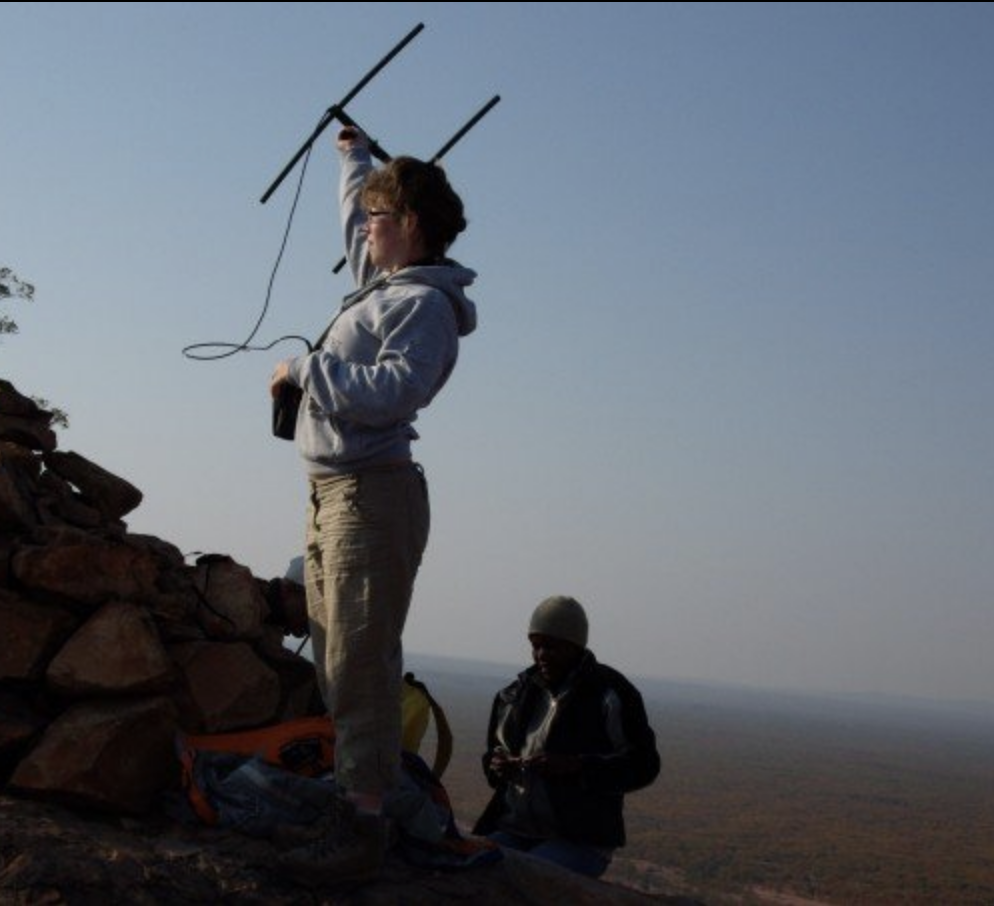Observation – Getting Outside: Experiential Learning in Biology
I credit my experience in an ecology course in Kenya as the “spark” which led me to pursue biology. It was the first time I understood the applicability of the material I was learning, as well as the first time I was driven to pursue new knowledge outside of the course. I remember spending evenings reading books at the field site, researching some of the topics we had covered in more depth, simply out of interest. Subsequent research experiences in Brazil and South Africa were largely driven by this first experience, and further solidified my interest in the field. As such, I have a strong appreciation for the value of experiential learning.
While these experiences were exceptionally influential for me, I believe that similar opportunities for experiential learning can be facilitated locally (and don’t require near the same kind of financial and logistical investment). An example of a course that harnesses the power of experiential learning is a Biodiversity course taught at Quest University. This course involves very little in-class time (in comparison to other undergraduate ecology courses I have witnessed) with the majority of the course spent outside practicing the skills of biologists. While there are struggles with weather and resources, these complications align with those experienced daily by field biologists, and therefore further act to exemplify what a “day in the life” holds in store.
I have observed several of the activities performed in this class, and have noticed that the instructors support their learners by providing a space for discovery. Their role is for guidance in devising course projects and activities, but otherwise, leaners act as biologists, obtaining field samples, wading through brooks, and designing methods to test their research questions. The instructor models appropriate methods and techniques, and then learners are given the opportunity to practice these themselves. This kind of instruction requires a particular effort on the part of the instructor to be available outside of regular class hours in order to support this kind of learning.
As learners do much of the work in this course either individually or in groups, the instructor provides detailed instructions and considerable resources (e.g., handouts and worksheets) to guide the learning process in the field. This requires anticipation of issues that can arise in the field. However, by accounting for these common setbacks or problems, this also allows learners to troubleshoot in the field by having access to articles that describe field protocols and techniques. In fact, I have noticed that in this course, learners will rely heavily on their group members to work through problems before asking the instructor for help. This promotes peer-peer learning and learner agency.
While this course is centered around experiential learning, there are numerous opportunities within other classes to offer similar experiences. For example, field trips, while shorter-term than a full field-based course, allow for learners to engage with course content and reflect on relevance of knowledge gained.
When I think of the courses I offer in future, I want to incorporate this model of support and guidance to promote experiential learning in the sciences. Ideally, I would like to replicate that first experience I had in Kenya for all of my learners: to open their eyes to the relevance of what they are learning, while sharing with them some of the wonder I feel for the natural world.
